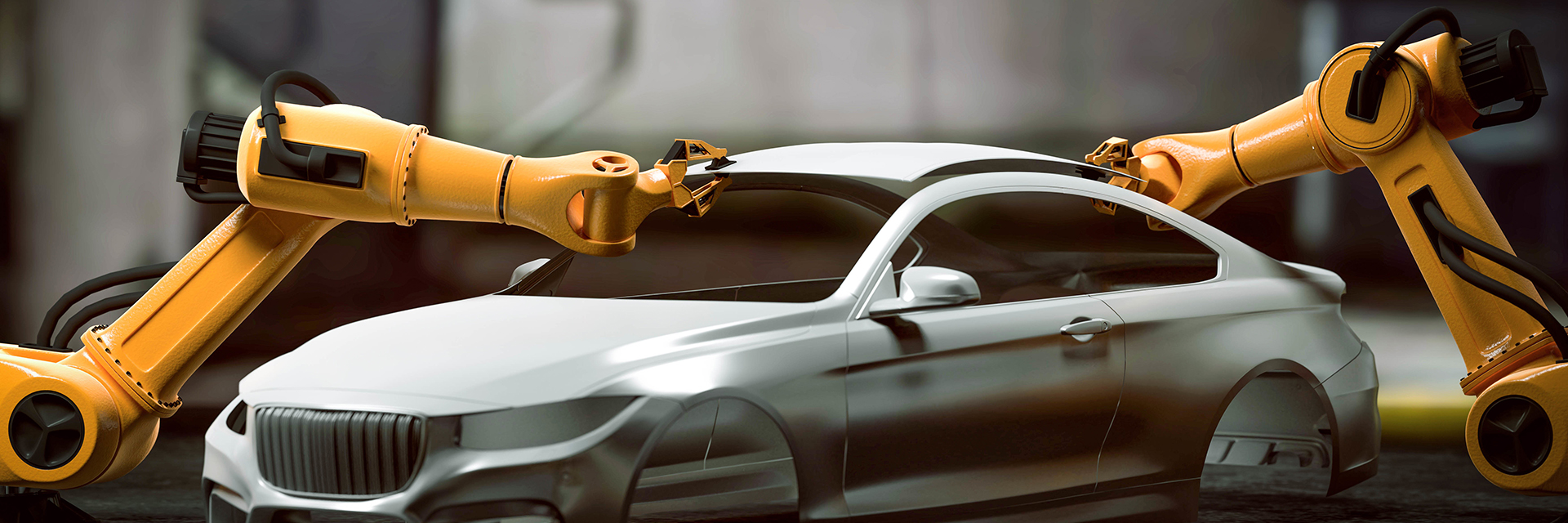ATEK DRIVE SOLUTIONS
Ihr Lösungsanbieter für den gesamten Antriebsstrang.
ATEK Drive Solutions – entstanden im Jahr 2024, bündeln wir durch die Verschmelzung zweier traditionsreicher Komponentenhersteller die Deutsche van Rietschoten & Houwens GmbH für Bremsen und die ATEK Antriebstechnik Willi Glapiak GmbH für Getriebe sowie die Entwicklung von eigenem Know-how in der Servomotorenfertigung jahrzehntelange Erfahrung in Antriebstechnologien. In Rellingen, vor den Toren der Hansestadt Hamburg, entwickeln und fertigen wir mit einem jungen Team, das flexibel und digital aufgestellt ist. Uns eint die Leidenschaft für Technologien, die Begeisterung für höchste Qualität und die Freude am lösungsorientierten Austausch mit unseren Kunden und Partnern. Im besten Sinne hanseatisch agieren wir bodenständig, unkonventionell und immer verlässlich – ganz gleich, ob der Wind von vorn oder von hinten weht.
Sie kennen Ihre Produkte
Wir verstehen die Antriebstechnologie.
Wir arbeiten schnell, digital und flexibel. ATEK Drive Solutions überzeugt durch das modulare Baukastensystem, innovative Sonderlösungen und ein außerordentlich gutes Preis-Leistungs-Verhältnis. Durch eine zeitgemäße digitale Infrastruktur, einen Lagerbestand von fast 500.000 Einzelteilen und einem smarten Baukastensystem sind unsere Lieferzeiten extrem kurz. Rein rechnerisch können wir viele Millionen verschiedene Lösungen aus Bremsen, Getrieben und Motoren bauen – als spezifische Einzelkomponente, bewährtes Serienprodukt oder hochintegrierte Systemlösung.
Zu unseren Produkten zählen hochwertige Winkel-Planeten-, Hypoid- und Schneckengetriebe; mechanische, pneumatische und hydraulische Bremsen sowie Hochleistungsservomotoren der neuesten Generation.
Kontakt
Finden Sie Ihren passenden Ansprechpartner in unserem weltweiten Vertriebsnetz.
Sie wünschen eine kompetente Beratung hinsichtlich unserer Produkte oder benötigen schnell und zuverlässig eine Lösung für Ihre antriebstechnische Herausforderung? ATEK bietet Ihnen ein weltweit agierendes Vertriebsnetz, das eine kompetente Vor-Ort-Betreuung und Beratung hinsichtlich der gesamten Produktpalette erlaubt. Mit Hilfe unserer Suchfunktion finden Sie den passenden Ansprechpartner in Ihrer Nähe, der für Sie auch kurzfristige Termine bereithält.
Headline H1
Headline H2
Headline H3
Headline H4
Headline H5
Headline H6
- Listenelement #1
- Listenelement #2
- Listenelement #3

